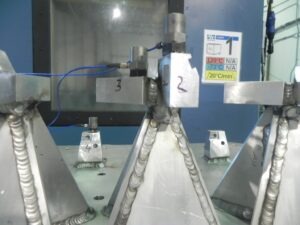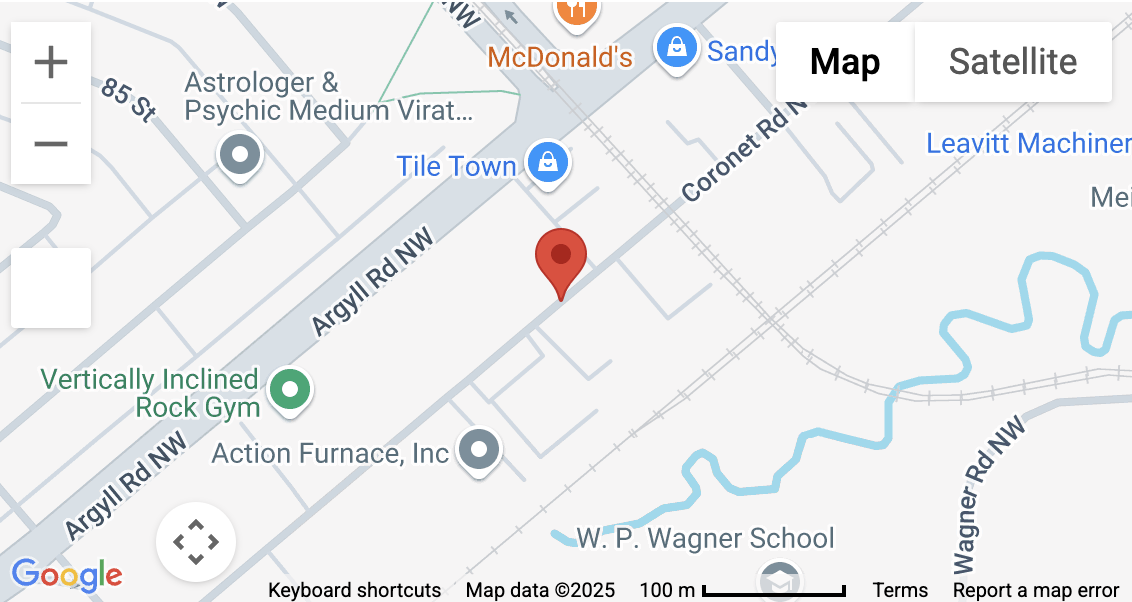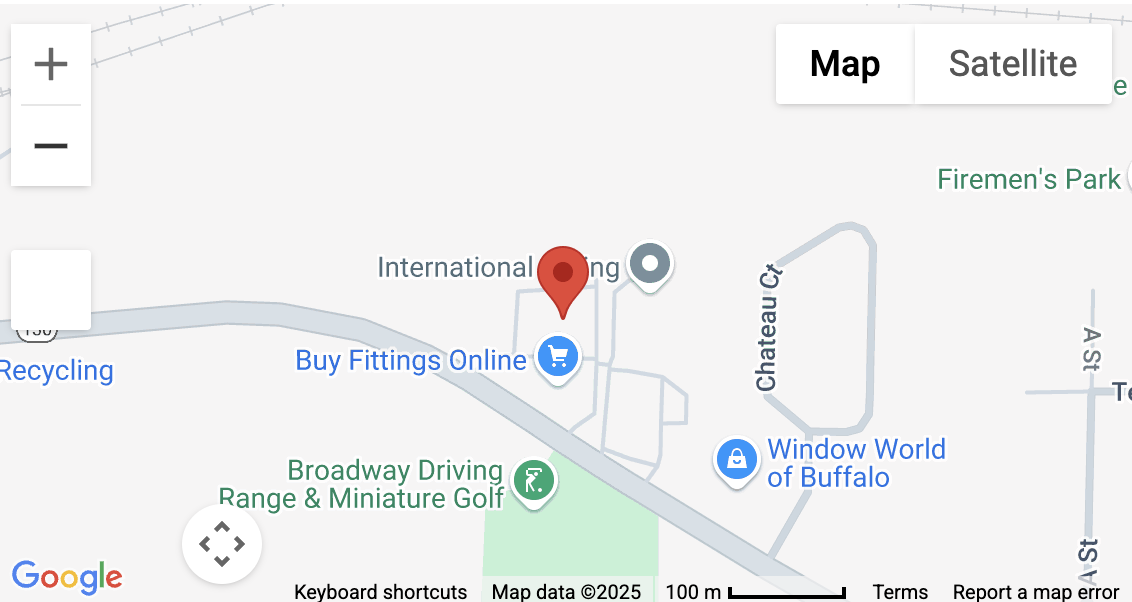Your Vibration Testing Fixture Shouldn’t Be An Afterthought
Resonances are great for musical instruments, but except for some very specialized vibration applications, resonances should be avoided in vibration testing fixtures.

The objective of vibration testing is to introduce a specified level of energy into your device under test (DUT) at or over a range of frequencies. This sounds simple, but in practice many times it is anything but. Most DUT’s don’t lend themselves to be easily attached to a vibration table surface in order to achieve this objective, so a fixture must be manufactured to span the interface between the vibration table surface and the DUT.
The ideal vibration testing fixture would mimic the mechanical and impedance characteristics of the actual mounting location of the DUT. Since this is really difficult to achieve and even more difficult to repeat between test facilities, the accepted industry standard for vibration fixtures is resonance-free performance.
A resonance-free vibration testing fixture transmits 100% the energy produced at the vibration table surface into each mounting location on the DUT, throughout the test frequency range. Typical random vibration power spectral density (PSD) curves will have a specification tolerance of +/- 3 dB. This means that an accelerometer mounted at each DUT mounting point should record the specified PSD profile within this tolerance.
At low test frequencies, say below 50 Hz, this is quite straightforward for small to medium sized DUT’s and many mechanical engineers can design a static/strength based fixture design that will achieve the resonance-free objective. However as packages get larger and/or frequency ranges climb to 1,000 to 2,000 Hz, the situation gets more complicated.
With this condition of larger fixture or higher test frequencies, a poor fixture design can exhibit multiple resonances as well as damping throughout the test frequency range. Each resonance can easily amplify the energy transmitted into the DUT by a factor of 10 or more resulting in an over-tested product. Additionally, in extreme cases or with heavier DUTs, much of the force capacity of the shaker will be used to try and control this amplified energy, limiting the test forces which can be run.
On the other hand, frequency ranges where damping is occurring in the vibration testing fixture will reduce the acceleration energy by 90% or more and under-test a product. Each of these undesired test fixture characteristics, resonance and damping, makes it difficult or impossible to control a PSD with the typical +/- 3 dB tolerance.
A good vibration testing fixture will eliminate or significantly reduce these unwanted dynamic characteristics. In the case of large or complex fixtures where resonances cannot be completely eliminated, a good fixture will reduce the magnitude of these issues assist so that the test operator can reduce excursions outside of the specified control envelope.
Many vibration testing labs rely on the client to provide an appropriate vibration fixture. Since most vibration testing clients don’t have the resources to design, manufacture and test their fixtures, many will unknowingly test their DUT using a fixture with undefined resonant performance. This scenario leaves the client in the position of not knowing whether their DUT was over-tested, under-tested or combination of both conditions.
That’s why we always recommend that an unqualified vibration fixture be tested for resonant performance before we vibration test your product.
Expectations for fixtures based on IEC 60068-2-64 and ISO 16750-3
- The natural resonance frequency of the loaded test fixture shall be above the upper frequency of the test profile
- The true value of the mechanical shock input as measured at the checkpoint for each sample, shall be within 10% of the intended value in the drive axis
- The true value of the vibration, as measured in each intended axis at the checkpoint for each sample, shall be within 20% of the random vibration requirement.



